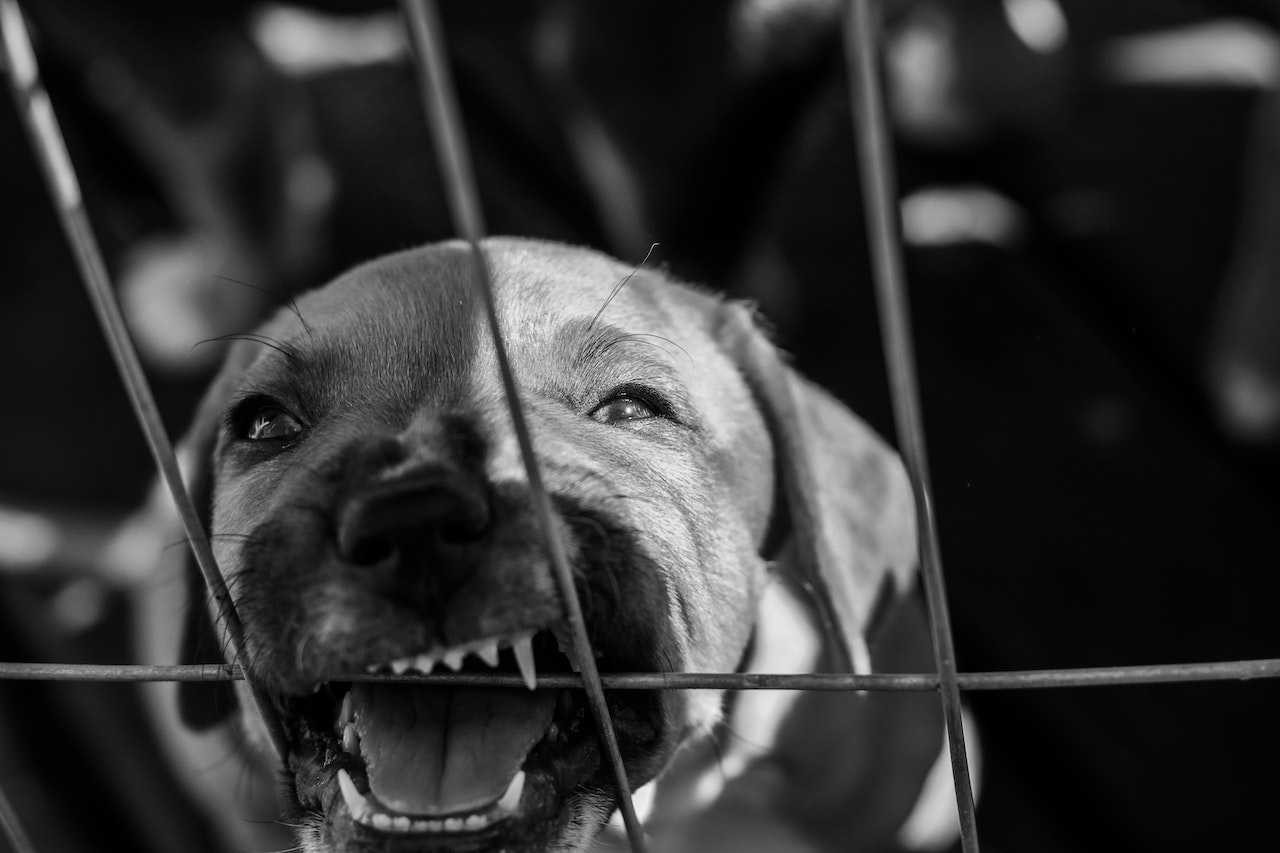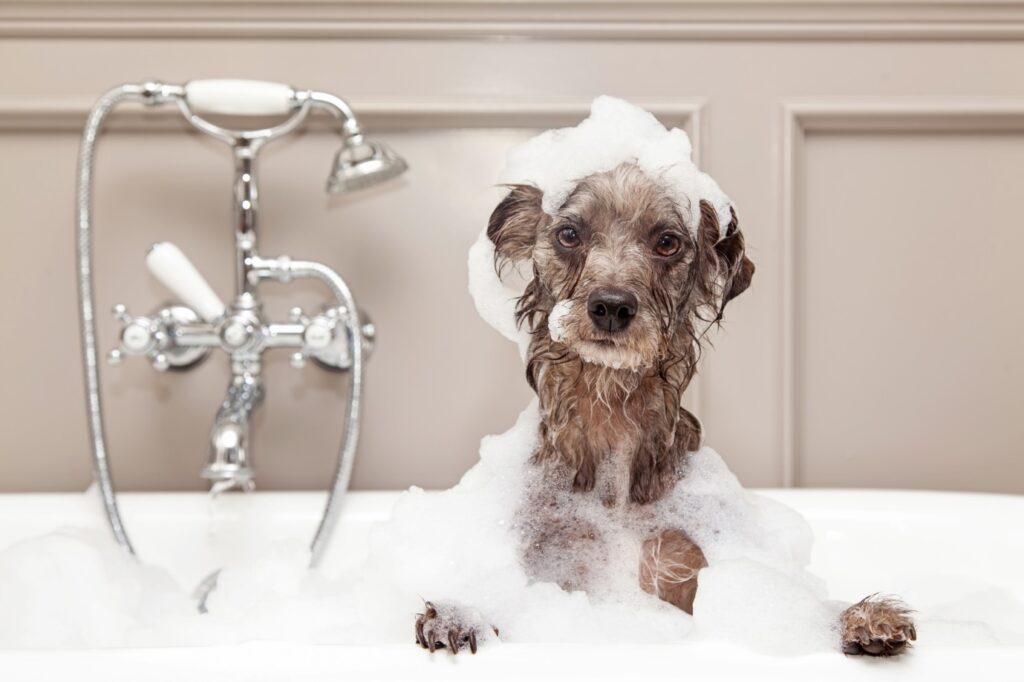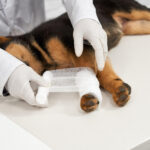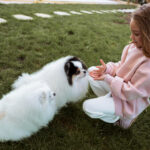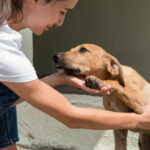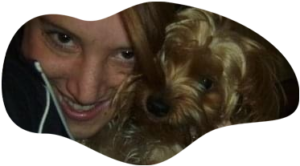As responsible dog parents, we do everything we can to keep our furry friends healthy and happy. However, one area that is often overlooked is dental health. Just like humans, dogs need proper oral care to prevent dental issues and ensure overall well-being. That’s why we’ve put together this guide to your dog’s dental health, complete with warning signs to look out for, routine care tips, and strategies to maintain optimal dental wellness without recommended products. Read on to learn more about doggy dental care!
Recognize Warning Signs of Dental Issues
It’s essential to identify any potential dental problems early to prevent them from worsening. Look for the following warning signs:
- Bad breath – While it’s normal for dogs to have occasional bad breath, a persistent foul smell can indicate a dental issue.
- Difficulty eating – Observe whether your dog struggles to chew or has reduced appetite, as this can be due to tooth pain.
- Swollen or bleeding gums – Inflamed gums are definitely a red flag, indicating possible gum disease.
- Loose or missing teeth – Adult dogs should have a full set of 42 teeth. If any are missing or loose, consult your veterinarian.
- Excessive drooling – If your dog drools more than usual, it might be due to tooth pain or gum discomfort.
Establish a Routine
It’s crucial to establish good dental hygiene habits early in your dog’s life. Starting dental care as a puppy will make it easier for them to accept and cooperate with dental routines as they grow older. Furthermore, early intervention can help prevent many dental issues and keep their oral health in check throughout their life. Introducing your puppy to tooth brushing and dental chews as early as possible can help ensure a lifetime of healthy teeth and gums.
Establishing a consistent home dental care routine can go a long way in preventing dental issues. Brush your dog’s teeth daily using pet-safe toothpaste and a soft-bristle toothbrush. Inspect your dog’s teeth and gums regularly for any signs of inflammation, discoloration, or debris, and use dental chews, toys, and treats to help clean their teeth and promote gum health. Provide a balanced diet to help maintain overall health, including dental health. It’s essential to be informed about what your pet can eat, like understanding can dogs eat pineapple or other foods that might affect their oral hygiene. Try to acclimate your dog to having their mouth touched from a young age to make dental care easier.
Some dogs may be anxious or resistant when it comes to dental care. If your dog is nervous about having their teeth cleaned or examined, it’s essential to address their fears and create a positive experience. Gradually introduce your dog to dental tools and techniques, using treats and praise to motivate and reward them. You can also consider using a calming treat or supplement to help ease anxiety during dental care. Building trust and patience will eventually help your dog feel more comfortable with dental routines, resulting in better oral hygiene and health.
Seeking Professional Help
If your dog exhibits persistent dental issues despite consistent home care, it’s essential to consult a professional. Dental issues may sometimes be linked to underlying health problems, such as diabetes or thyroid disorders. A veterinarian or veterinary dentist can help diagnose the root cause of persistent dental issues and recommend effective treatments or adjustments to your dog’s dental care routine. Seeking help early can prevent minor dental issues from progressing into severe and potentially costly problems.
Scheduling regular dental checkups with your veterinarian is critical to your dog’s oral health. Most vets recommend a dental exam at least once a year, but if your dog is predisposed to dental issues or has a history of them, bi-annual check-ups might be necessary. Your veterinarian can identify any dental concerns, provide professional cleaning, and recommend appropriate care for your dog’s individual needs.
Understanding Dog Dental Anatomy
To provide the best dental care, it’s essential to understand your dog’s dental anatomy. Familiarize yourself with the types of teeth dogs have:
- Incisors – Small teeth at the front used for biting and grooming
- Canines – Long, sharp teeth on the sides used for tearing
- Premolars – Situated behind the canines, used for cutting and shearing
- Molars – Located at the back, used for grinding and crushing
Each type of tooth serves a specific purpose, and any damage or missing teeth can affect your dog’s ability to chew and even their overall health.
When it comes to your dog’s dental care, don’t be tempted to use human toothpaste or dental products, as they may contain ingredients toxic to dogs, like xylitol or fluoride. Instead, look for dog-friendly products vetted for safety and effectiveness.
Conclusion
Your dog’s dental health is just as important as their overall well-being. By recognizing warning signs, scheduling regular check-ups, and maintaining a consistent dental care routine, you can help prevent dental issues and ensure a happy, healthy life for your furry friend. Remember to always use dog-friendly dental products and familiarize yourself with their dental anatomy to provide unparalleled care. With diligence and dedication, you can keep your dog’s pearly whites in tip-top shape, ensuring their oral health for years to come.

